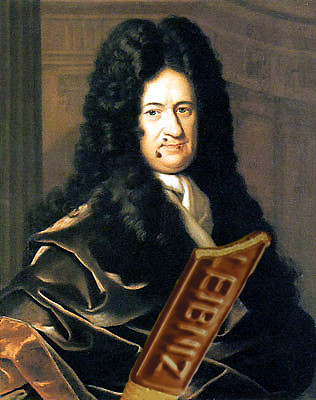The German philosopher and mathematician Gottfried Leibniz built a Mechanical device that could both multiply and divide. He improved Pascal's machine in 1671. The machine was able perform all the four basic mathematical operations like addition, subtraction, multiplication and division. The draw back of this machine was that it was very slow.
November 21, 2010
 Leibniz
Leibniz
The German philosopher and mathematician Gottfried Leibniz built a Mechanical device that could both multiply and divide. He improved Pascal's machine in 1671. The machine was able perform all the four basic mathematical operations like addition, subtraction, multiplication and division. The draw back of this machine was that it was very slow.
November 20, 2010
 Slide Rules
Slide Rules
William Oughtred
Slide rule
English mathematician William Oughtred developed the slide rule. This machine could perform operations like addition, subtraction, multiplication, and division. It was widely used in Europe in 16th century. Slide rule an improvement over the logarithm tables as the final value could be straight away read on the scale.
Search Terms : slide rule, a slide rule, slide ruler, sliderule, log, log tables, logarithm table
 Napier's bones (Logarithms)
Napier's bones (Logarithms)
English mathematician John Napier built a mechanical device for the purpose of multiplication in 1617 A D. 'Napier' designed a set of rods that helped to make multiplication easier. The rods were arranged in a manner that made it possible to fit them together into a multiplication table. The rods were called Napier bones.
Search Terms : napier s bones, john napier bones, john napier napier s bones, john napier s bones, napier bones history, multiplication, Napier's bones, English mathematician





















